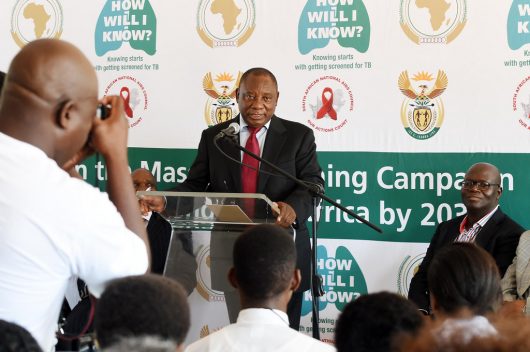
Every year on March 24, World Tuberculosis (TB) Day is observed all around the world. World TB Day is an official global health campaign marked by the World Health Organization (WHO). The day is meant to bring awareness and response to Tuberculosis around the world.
The event commemorates the date that Dr. Robert Koch discovered Mycobacterium Tuberculosis in 1882. This is the bacteria that causes Tuberculosis. Thanks to modern medicine, Tuberculosis is now treatable and even curable, though it remains widespread through most of the world.
History of World TB Day
In 1982, the International Union Against Tuberculosis and Lung Disease (IUATLD) proposed that March 24 should be World TB Day. This was in honor of the hundredth anniversary of Dr. Koch’s discovery. However, World TB Day was not officially recognized by the World Health Organization and United Nations until 1995.
Meetings, conferences and programs are being conducted around the world in support of the day. The goal of World TB Day is to not only spread awareness about what the disease does but also about how to prevent, treat and cure Tuberculosis. Many global health organizations have supported and promoted World TB Day since its installment, including the World Health Organization, the National Association of Country and City Health Officials and the International Committee of the Red Cross.
The Goals of 2018
On March 24, 2018, the world observed its twenty-fourth World TB Day. The day outlined the international medical goals for this year and beyond. This year’s theme was, “Wanted: Leaders For a TB-Free World.” The World Health Organization is planning to completely eradicate Tuberculosis all over the world. However, that means putting a heavier stance on treatment and prevention methods, both of which will be a heavy influence in this year’s campaign.
The goal is to mobilize political and social movements about Tuberculosis and make further commitments toward eliminating the disease. A full set of campaign material and content about the 2018 day became available March 1 on the website for the Stop TB Partnership.
The Global Goal
As of 2018, Tuberculosis is still the world’s leading infectious killer. It is the cause of over one million deaths worldwide every year. The Stop TB Partnership has three main goals associated with World TB Day:
- By 2020, at least 90 percent of the people afflicted with Tuberculosis will have access to proper treatments and therapies.
- By 2030, end the current Tuberculosis epidemic.
- By 2035, completely eradicate the disease on a global level.
The partnership hopes to create a healthy future for the next and continued generations. By raising awareness about Tuberculosis, many global health organizations can increase funding for proper medical treatments in impoverished areas. Leaders and medical professionals still have a long way to go before people will be able to live in a completely Tuberculosis free world.
As medical advancements are escalated, diseases also escalate. Tuberculosis has mutated into many multi-drug-resistant strains, making prevention harder. In impoverished countries, where they have little to no advanced medicine, prevention and treatment are nearly impossible.
However, advancements toward the Stop TB Partnership’s goals have already started and will continue. The awareness and knowledge spread by World TB Day can slowly help move the world toward a disease-free future.
– Courtney Wallace
Photo: Flickr
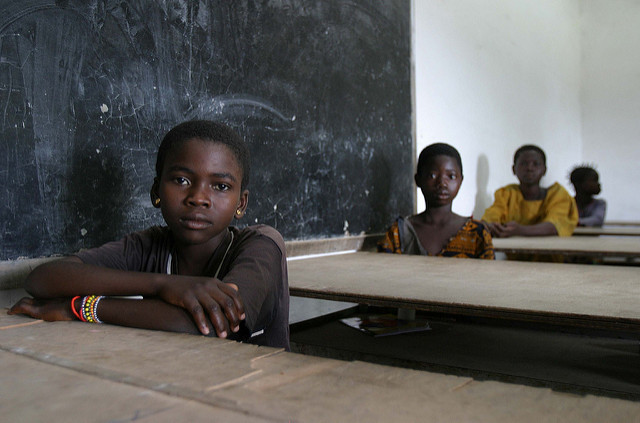 The Global Poverty Project, also known as Global Citizen, is an education and advocacy organization working to increase the number and effectiveness of people taking action to see an end to extreme poverty.
The Global Poverty Project, also known as Global Citizen, is an education and advocacy organization working to increase the number and effectiveness of people taking action to see an end to extreme poverty. 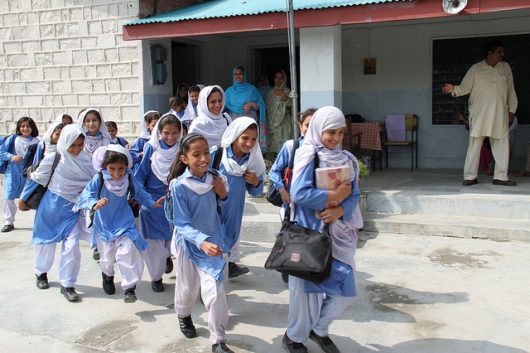
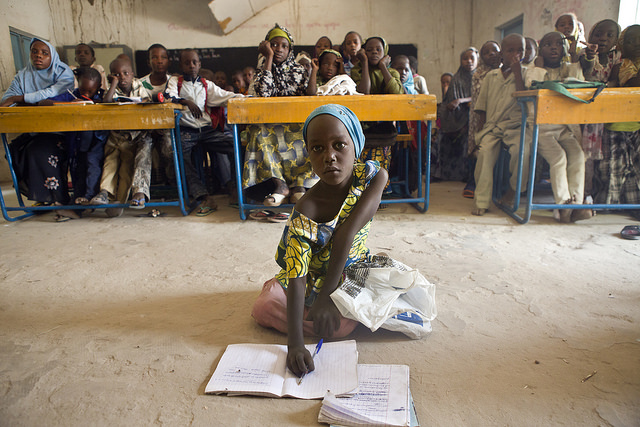 Areas of conflict have many negative effects on the citizens that inhabit those areas. One of those negative effects is the quality of education. Conflict areas in sub-Saharan
Areas of conflict have many negative effects on the citizens that inhabit those areas. One of those negative effects is the quality of education. Conflict areas in sub-Saharan 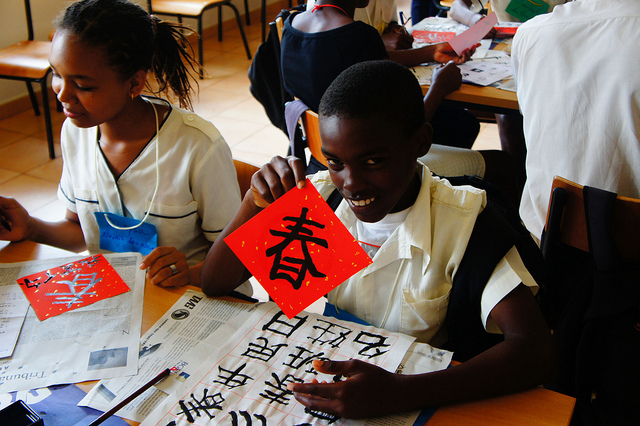 Located off the western coast of Africa is
Located off the western coast of Africa is 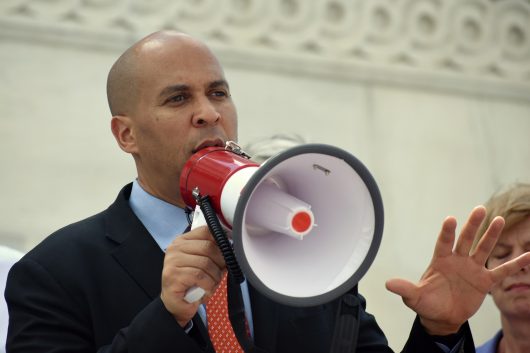 In October,
In October, 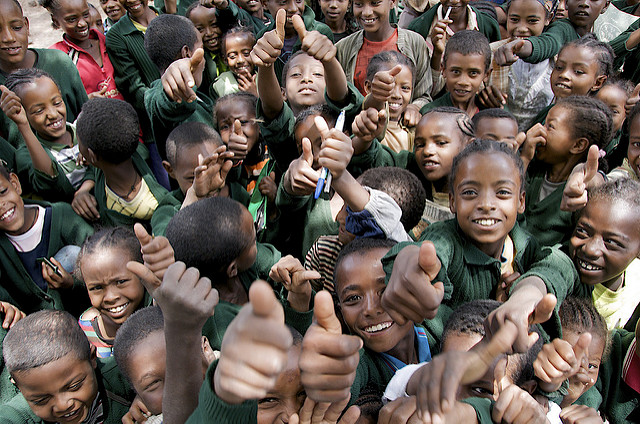 In September,
In September, 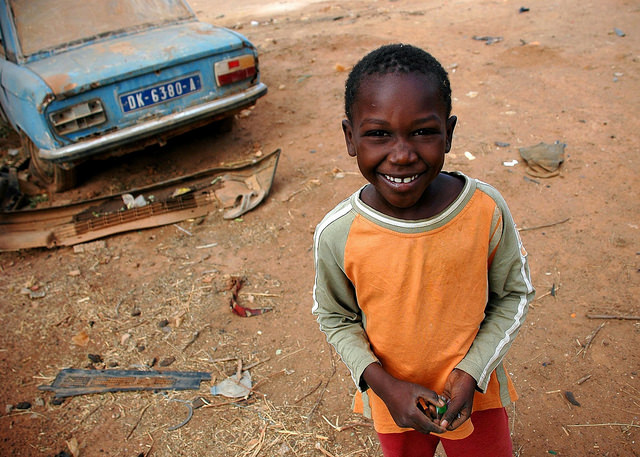 Sitting on the Northwest coast of Africa, the tiny country of
Sitting on the Northwest coast of Africa, the tiny country of 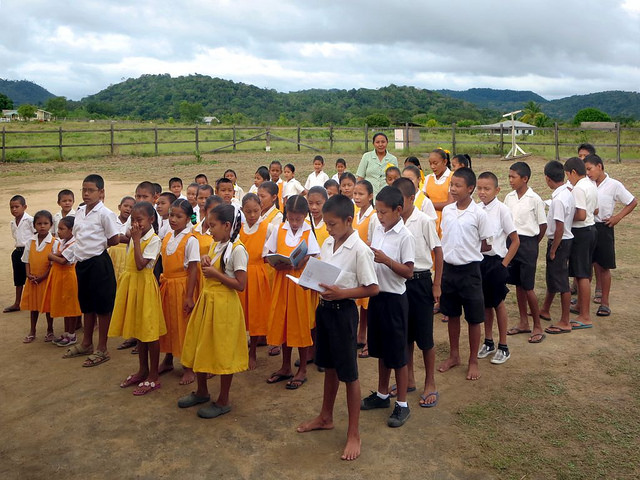 With at least
With at least 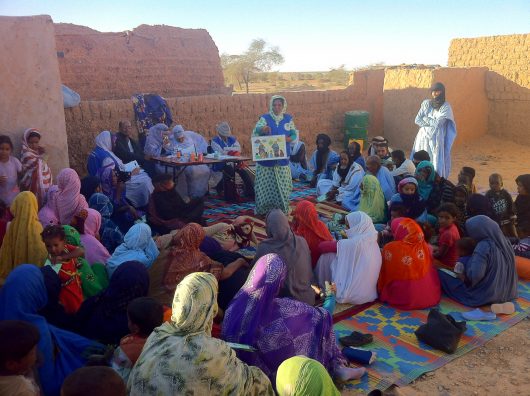 Terrorism, corruption, slavery and poverty. These are some of the significant issues that plague most of the African continent. Some of the lowest education and literacy rates can be found in Africa. One of the primary ways a country can help its citizens and begin to climb out of poverty is by providing education. Despite enormous political and economic challenges, one nation is doing this: Mauritania.
Terrorism, corruption, slavery and poverty. These are some of the significant issues that plague most of the African continent. Some of the lowest education and literacy rates can be found in Africa. One of the primary ways a country can help its citizens and begin to climb out of poverty is by providing education. Despite enormous political and economic challenges, one nation is doing this: Mauritania.